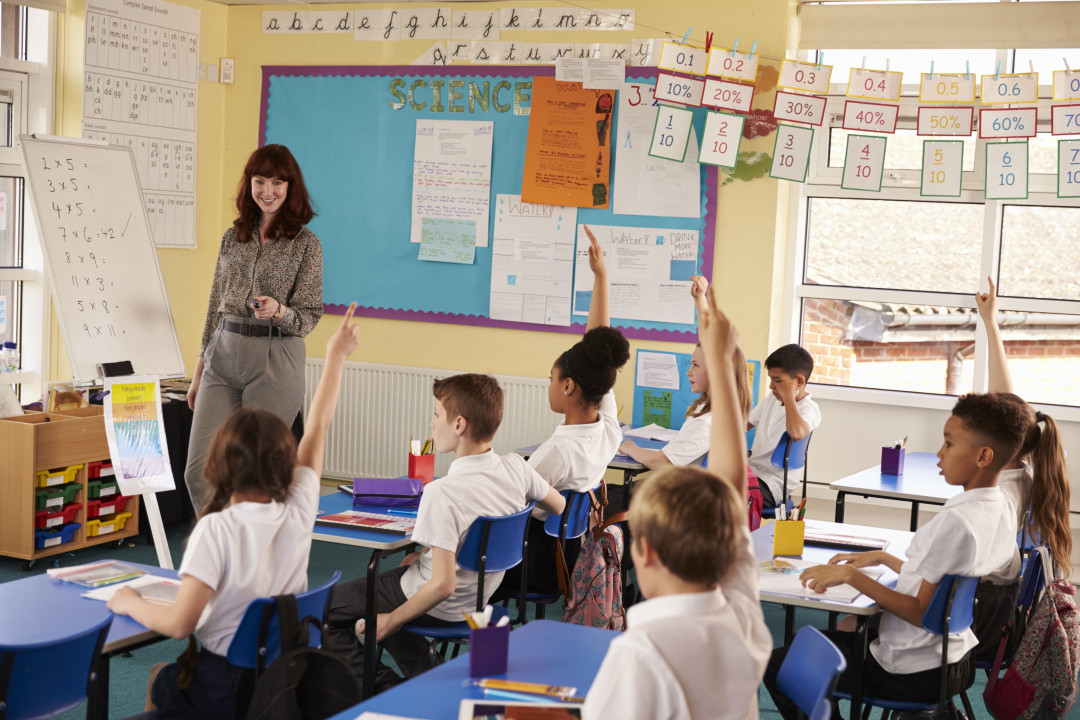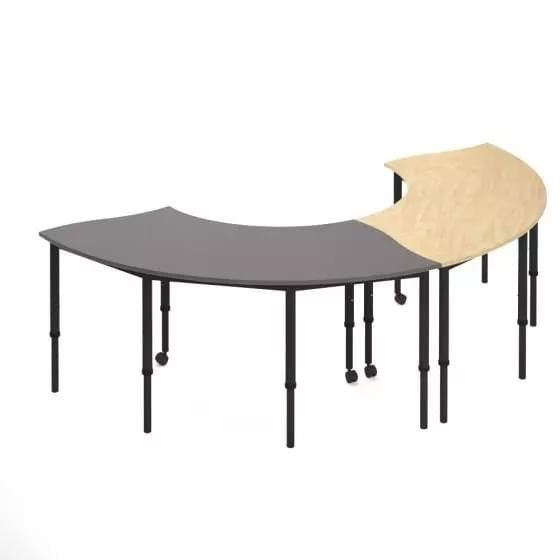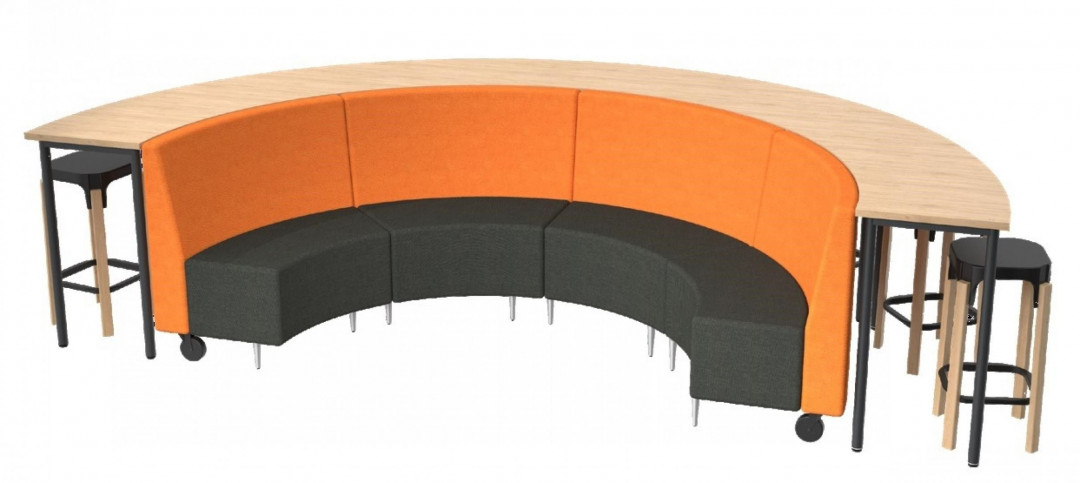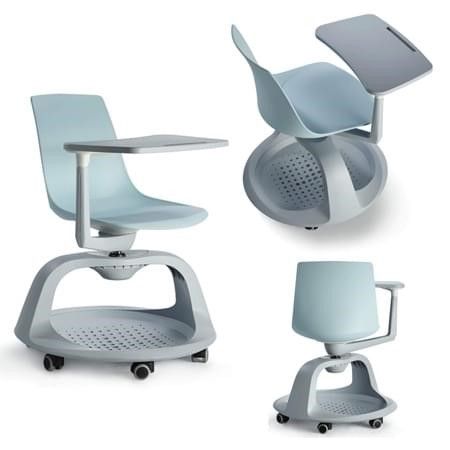Does Education Furniture Affect Student Learning?




Our system of education has remained almost unchanged since the beginning of the 20th century, only recently have we examined how we can improve student results with modern and non-traditional methods. One of these methods is with the use of education furniture. Traditional education furniture simulates office environments, with students participating in education from behind a school desk. This rigid and formal method of working is already being challenged in offices around the world, but still has yet to fully catch up completely in the classroom. This article will examine how poor education furniture choice can negatively affect student learning, and what improvements can be made to ensure an engaging and educational environment.
How does badly designed education furniture affect children?
Orthodox thinking around education furniture has been misguided at best, and outright dangerous at worst. Although budgetary restrictions and classroom size has influences on classroom culture, the traditional method of several dozen kids sitting in rows being taught by one teacher has existed for over a hundred years with barely any changes. This system itself is incredibly inefficient, and requires rigid and oppressive furniture that is unconducive to learning and unhealthy for students. A University of Lisbon study of middle school students found that roughly two thirds of students that were surveyed “suffered from back pain and that large differences between desk height and elbow height was associated with a greater likelihood of the adolescent having this problem” and that girls suffered more than boys. If the object of school is to enable students to learn at the highest capacity, then education furniture and methods of teaching should reflect this.

Modern classrooms still use the 1935 Prouvé design for school chairs with lack of lumbar support that precipitates back issues in children.
What improvements have been made?
Education facilities are beginning to realise the advantages of a learner-focused system, and education furniture is slowly beginning to adapt. However, according to the Furniture Industry Research Association (FIRA), “no significant innovation in educational furniture in the last fifty years” have been made “with the exception of the introduction of polypropylene chairs in the 1970s.” Despite this, a handful of companies have experimented with educational furniture to enhance the learning experience. One area where this has been successful is in classroom seating.
A majority of the school day is spent seated behind the school desk, reading, studying and working. Traditional school chairs are rigid and usually fixed in place or to the desk, and are usually all identical to promote conformity in students. However, children’s bodies are as varied and different as adults, and giving them a choice ineducation furniture can improve posture and attentiveness during class. Not only that, young people often make “tiny movements” in their seat as they adjust, which stimulates brain activity. Education providers are also starting to make use of modular school desks of different shapes, which encourages collaboration between students. Desks are often topped with white board material to allow for free flowing thought. Another unintended consequence of traditional school seating is that students at the back of a class will perform worse academically than students at the front, as teachers spend more time at the front of the class.
Movable desks like BFX Furniture’s Smartable allows for individual or collaborative learning.
The results are phenomenal, teachers who have adopted new practices in educationfurniture have said they would never go back. The effects of sitting in a comfortable chair with good lumbar support to promote healthy spine curvature is well documented, and there is also considerable research that shows the positive impact comfortable education furniture has on learning and productivity. While the conclusions are quite clear, conventional wisdom, poor funding and overpopulated classrooms inhibit innovations in education furniture in the classroom.
COLOSSEUM by Raeco gives students choice of multiple levels to stimulate thought.
The Adjusta Stool by Office Line allows students to constantly adjust their posture, enabling them to stay focused.
The Navaro Pod by Batger give students storage space and movement around the classroom.









 Indonesia
Indonesia
 Australia
Australia
 New Zealand
New Zealand
 Philippines
Philippines
 Singapore
Singapore
 Malaysia
Malaysia










